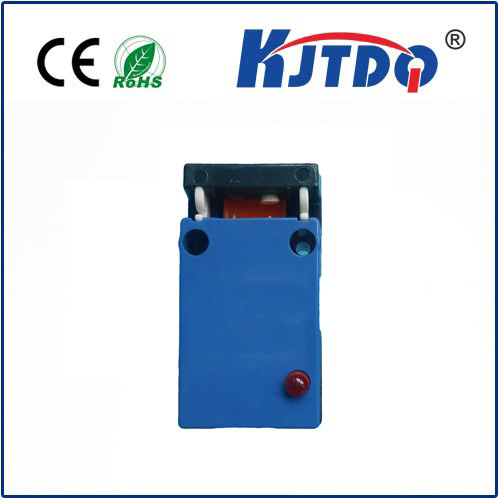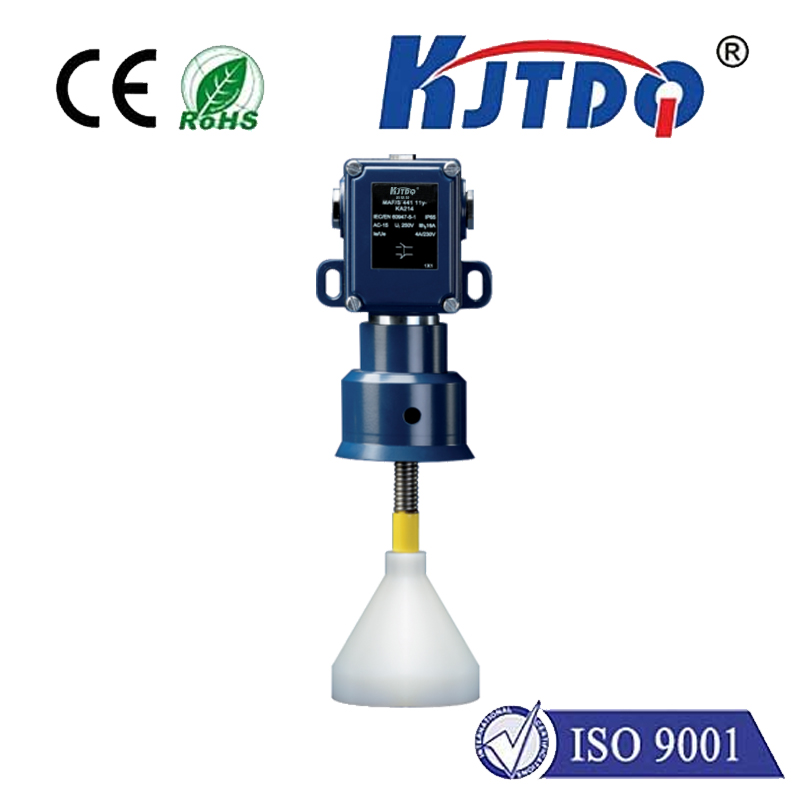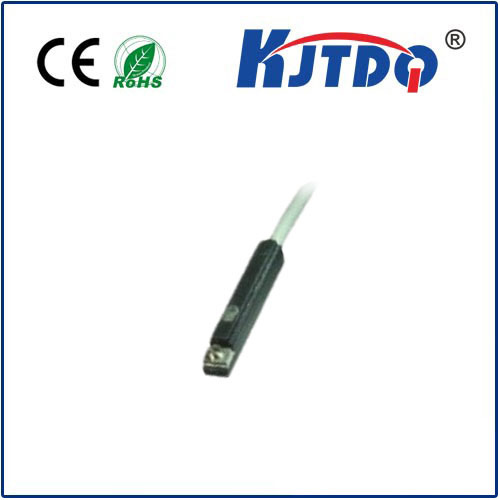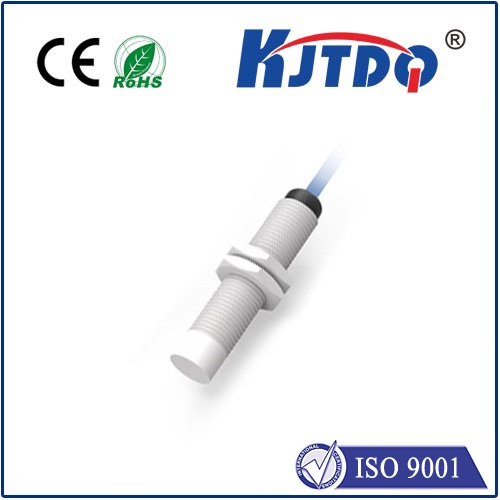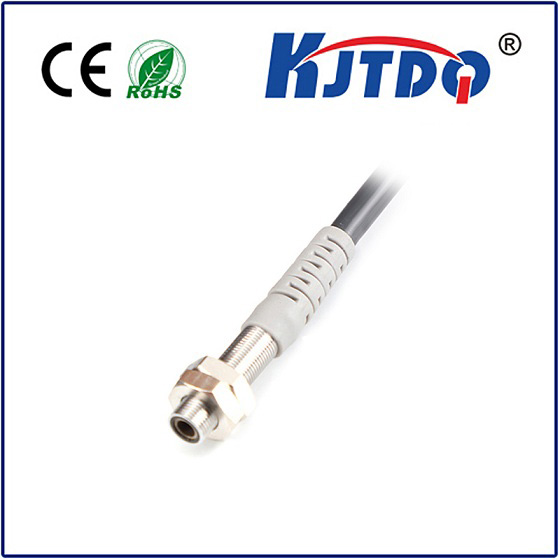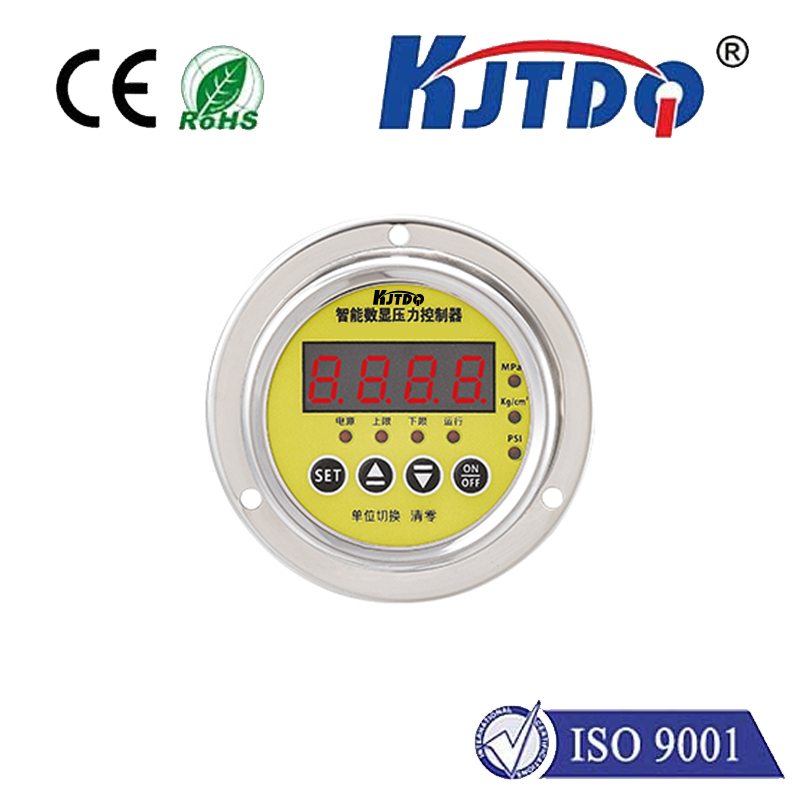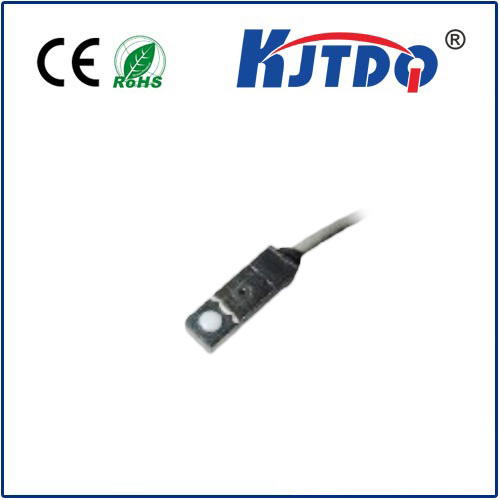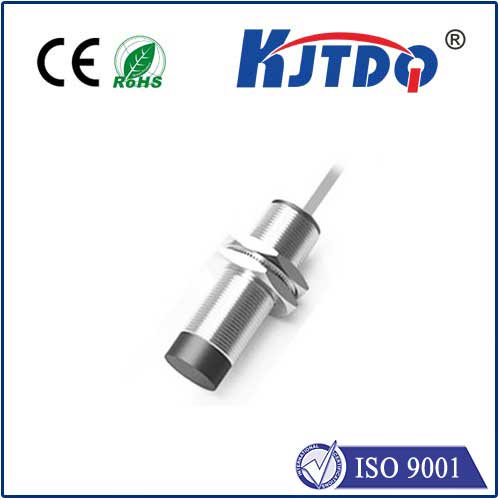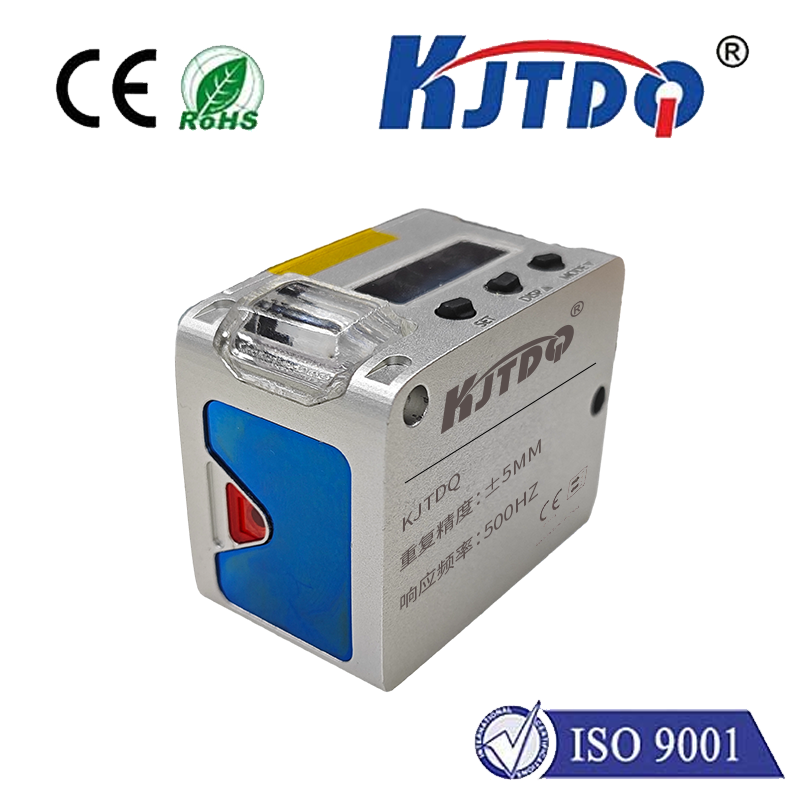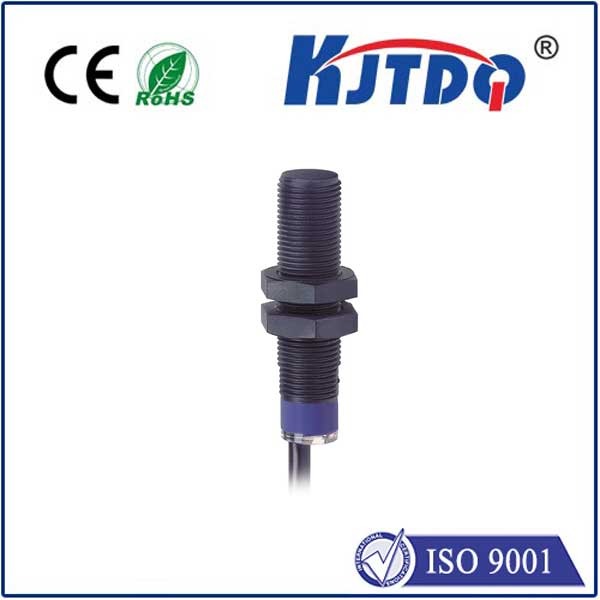
check

check

check

check

Title: Enhancing Automation with the E3FA-DN24 Photoelectric Sensor In the ever-evolving landscape of automation, sensors play a pivotal role in ensuring precision and reliability across various industries. Among these, the E3FA-DN24 photoelectric sensor stands out for its robustness, accuracy, and versatility. This article delves into the features and applications of this advanced technological marvel, highlighting its importance in modern automation systems. The E3FA-DN24 photoelectric sensor is designed with cutting-edge technology to provide high-speed detection and response times. This sensor utilizes a non-contact measurement method, allowing for long-lasting operation without wear and tear on the equipment. The DN24 model, in particular, boasts an impressive sensing range and sensitivity, making it ideal for detecting even the slightest variation in material presence or position. One of the key features that set the E3FA-DN24 apart is its adaptability to different environments and conditions. Whether it’s dealing with dusty, oily, or damp surfaces, this photoelectric sensor can maintain consistent performance, thanks to its IP67 rating. This ensures uninterrupted operation in challenging industrial settings where other sensors might falter. Furthermore, the E3FA-DN24 is incredibly easy to integrate into existing automation setups. With its user-friendly design, including intuitive wiring and straightforward installation procedures, it minimizes downtime during system upgrades or maintenance. The sensor also supports multiple output modes, including NPN/PNP switches, analog, and serial communication protocols, offering flexibility to meet diverse application requirements. Applications of the E3FA-DN24 photoelectric sensor span a wide array of sectors. In manufacturing, it is used for precise object detection in packaging lines, ensuring products are correctly aligned and counted. In robotics, its fast response aids in collision avoidance and fine movement control, enhancing efficiency and safety. Additionally, in logistics and warehousing, the sensor plays a crucial role in conveyor systems and sorting mechanisms, streamlining operations and reducing errors. In conclusion, the E3FA-DN24 photoelectric sensor represents a significant advancement in the field of automation sensors. Its combination of durability, sensitivity, and adaptability makes it an indispensable tool for industries seeking to optimize their processes and enhance operational efficiency. As automation continues to grow in complexity and sophistication, such innovations will be key to staying ahead in the competitive landscape.
